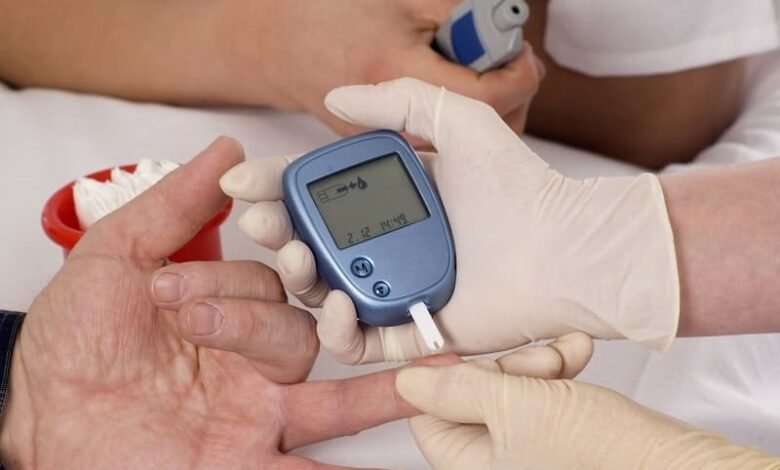What are the additional complications of diabetes?

Type 1 diabetes is characterized by the loss of insulin-producing beta cells in the Islets of Langerhans of the pancreas, which leads to a decrease in the amount of insulin secreted.
It is divided into two types – immune mediated and idiopathic.
Most cases of type 1 diabetes are immune-mediated in nature, with beta-cell loss due to an autoimmune attack by T-lymphocytes.
Although there is evidence of a certain genetic predisposition, the development of the disease is triggered by external factors.
A large number of children with type 1 diabetes show signs of long-term health complications, including blindness, the report shows.
Charities say attention needs to be paid to the patients’ future health because some are showing eye, heart and kidney markers at an early stage.
Figures from England and Wales show that 1,000 new cases of type 1 diabetes were registered in people under the age of 25 last year. But overall blood sugar control in this group improved, the study found.
Type 1 diabetes often appears in childhood and differs from type 2 diabetes, which is largely due to an unhealthy lifestyle. Type 2 diabetes is characterized by insulin resistance, sometimes combined with reduced insulin release from the pancreas.
Tissue failure to respond to insulin is thought to be related to insulin receptor function, but the specific cause is unknown.
The Royal College of Paediatrics and Child Health looked at the health outcomes of young people and children with diabetes in England and Wales in 2013-2014.
The analysis shows that 26,867 children and young people with diabetes were registered last year, compared to 25,221 in 2012/2013.
But only 16% underwent all seven health tests, which are highly recommended in the control of blood sugar and the possible occurrence of complications.
Persistently high blood sugar levels can lead to serious problems, including cardiovascular disease and kidney disease.
Figures show that over 27% of the young population who have high blood pressure are at risk of cardiovascular disease.
And 7% show signs of future kidney disease. Over 14% had early signs of eye disease that put them at risk of going blind in later years. More than 25% suffer from obesity.
“There is evidence that kids with diabetes experience vision or kidney problems before they reach age 18,” said Barbara Yong, CEO of Diabetes Care.
/p>
“This is tragic and we have great concerns for the future health of our children because they are showing signs of complications even at such an early age,” she added.
“But there is still some good news – the study shows that blood sugar control in England and Wales is good enough. We hope that the severity of complications can be limited in this setting,” said Dr Justin Varner.
Type 2 diabetes accounts for 5% of all cases of diabetes in children, but there is a correlation that many young people with this form of the disease live in poor areas of England and Wales.



